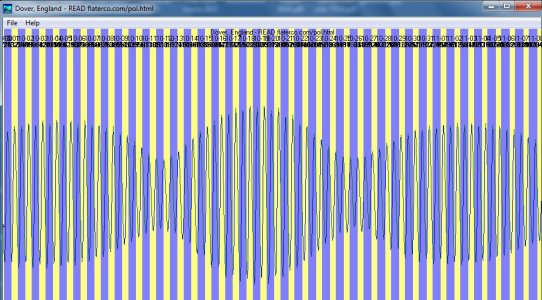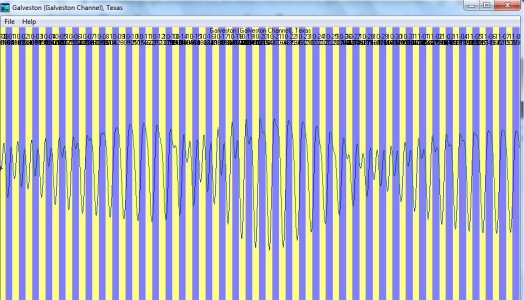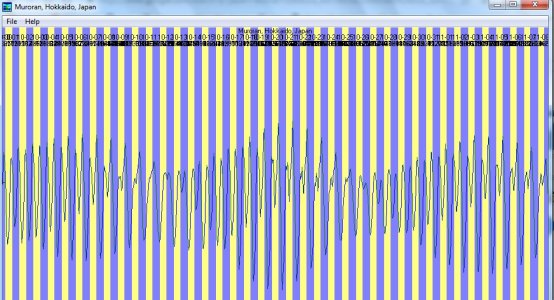Midnight Drifter
Active Member
Agreed. That's what I do. And anyway, as others have said, at a particular place the actual time and height of tide is affected by factors such as wind and air pressure. However, my question is not about the practicalities - it is about understanding how the timing of springs and neaps in relation to the moon's phases varies from month to month, and to do that I need to be able to say when springs and neaps occur.Useful' practical boat owners generally speak in terms of 'springs' being the 3 or 4 days around the biggest tides, 'neaps' being the 3 or 4 days of smallest tides and various words for the other two quarters of the fortnight.
I think anyone from Dover would call each of the 4 tides on the 26th and 27th 'a neap tide'.
Sailors I know don't generally go around arguing 'today is not spring tide , tomorrow is THE spring tide'.




